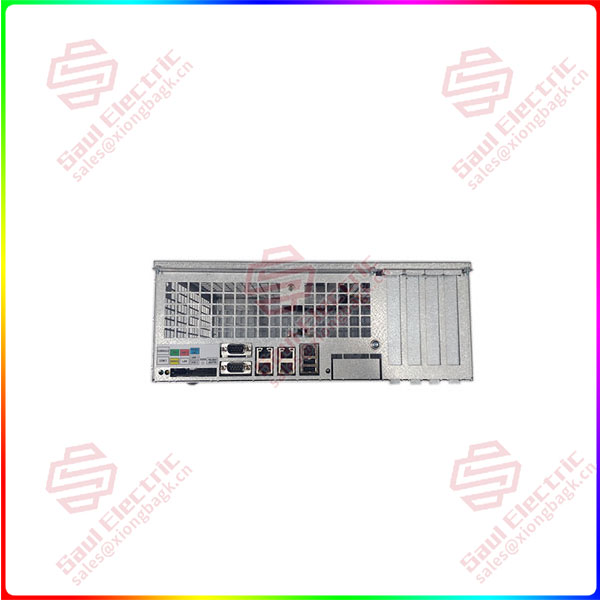Toshiba’s restructuring process is finally drawing to a close after the Japanese company announced plans to delist from the stock market last week. This protracted crisis reflects the challenges faced by the Japanese manufacturing industry, represented by Toshiba, in corporate governance, risk management, and innovation in recent years. While Toshiba’s woes may be over for the time being, the challenges facing Japanese manufacturing may not be over.
In 2015, Toshiba was exposed to financial fraud by falsely increasing profits and concealing losses, resulting in a sharp drop in stock prices, a shrinking market value, and damage to its reputation. Since then, Toshiba has suffered setbacks in its nuclear power and semiconductor businesses. Numerous crises have made it difficult for Toshiba to get rid of management chaos and operating difficulties, and many mergers and acquisitions and reorganization plans have been aborted in the past eight years.
In August this year, a consortium led by domestic fund Japan Industrial Partners (JIP) formally launched a bid for Toshiba totaling about 2 trillion yen ($1 USD about 149 yen), and the JIP consortium will buy the remaining shares from ordinary shareholders and buy Toshiba into a wholly-owned subsidiary. On November 22, Toshiba Corporation held an extraordinary shareholders’ meeting, passed the company’s privatization proposal, and announced that it would delist from the Tokyo Stock Exchange on December 20, ending its 74-year status as a listed company.
Some analysts pointed out that Japan’s domestic view of Toshiba’s restructuring is more positive, that it can “avoid the subsequent impact of the stock market and capital fluctuations.” But the plight of Toshiba, once the face of Japanese manufacturing, cannot be explained simply by a financial fraud scandal or bad investment decisions. With the passage of time, the decline in the competitiveness of Japan’s manufacturing industry is very obvious, and Toshiba’s restructuring is like a microcosm and footnote of this process.

DSQC639
Externally, with the increasingly fierce competition in the global market, the rise of multinational manufacturing industries and the rapid upgrading of technologies, Japanese manufacturing enterprises cannot effectively cope with competition and adapt to market changes, resulting in declining performance and worsening losses, gradually eroding market share, and no longer significant advantages in steel, home appliances, new energy, communications and other fields, and even gradually surpassed. At the same time, the challenging global economic environment, including factors such as trade protectionism, geopolitical tensions, and fluctuations in market demand, has increased the operational risks of Japanese manufacturing companies, making it difficult to predict and respond to market changes. In addition, the United States has vigorously promoted the return of manufacturing to Japan in recent years.
Internally, issues such as management, innovation, and cost structure constrain competitiveness. Some analysis points out that some Japanese manufacturing enterprises have low decision-making efficiency and frequent changes in senior management, resulting in the lack of stability and coherence in the implementation of strategies and response to market changes; It is difficult to keep up with rapidly developing technological trends in terms of technology and product innovation, or it is unable to launch competitive new products in a timely manner; High labor costs, raw material costs and production costs have also weakened its market competitiveness.
On November 15, the Japanese Cabinet Office released preliminary statistics showing that Japan’s real gross domestic product (GDP) fell 0.5% quarter-on-quarter in the third quarter of this year, an annualized decline of 2.1%, significantly exceeding market expectations. It is also the first time this year that the Japanese economy has recorded negative quarterly growth. Some analysts pointed out that the third quarter GDP growth rate of Japan’s economy turned negative, reflecting the difficulty of transforming Japanese corporate profits into actual investment, and the lack of internal economic power.
From the latest financial reports released recently, on the one hand, the overall operating income and profit of Japanese enterprises remain stable, and there is some growth; On the other hand, in the industrial fields that reflect technological innovation, such as semiconductors, electronics and new energy vehicles, Japanese companies are obviously not competitive enough, and their performance has declined significantly, especially in overseas markets, where sales and profits have declined. This dichotomy is just like a certain portrayal of the current Japanese manufacturing industry: unable to get rid of the dependence on past achievements, but also difficult to take the initiative in future competition. In the domestic and foreign economic environment is difficult to improve rapidly, the situation of increasing market competition, leaving the Japanese manufacturing industry to rapidly improve the competitiveness of the time and space, is not ample.
 1 Year Warranty
1 Year Warranty




